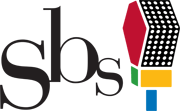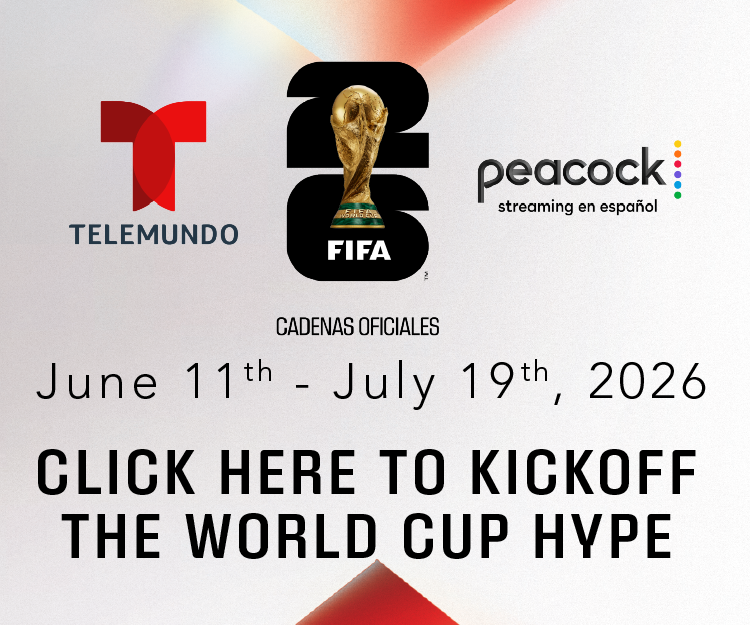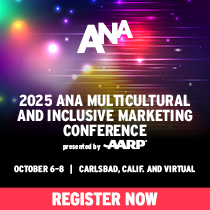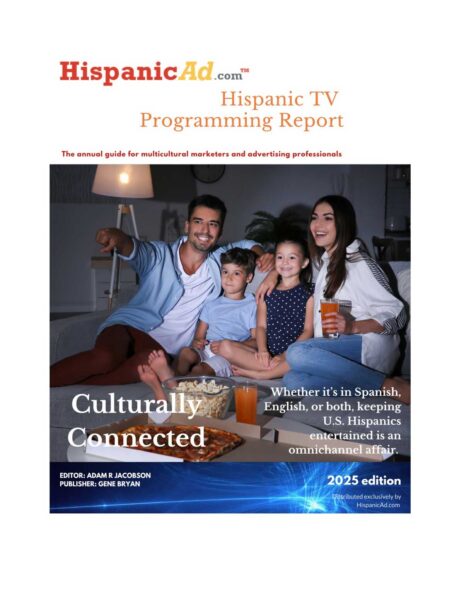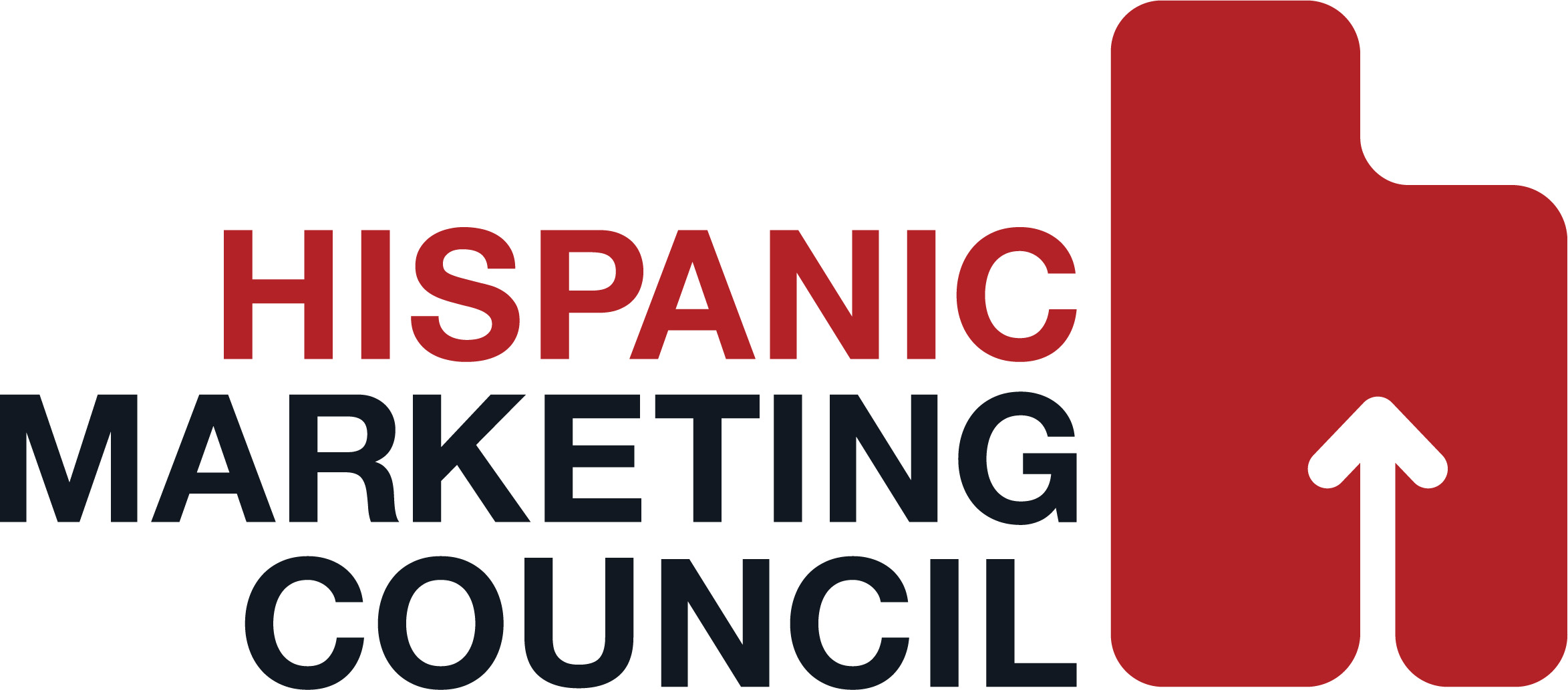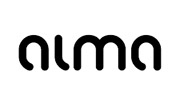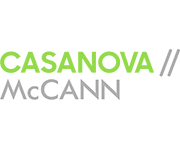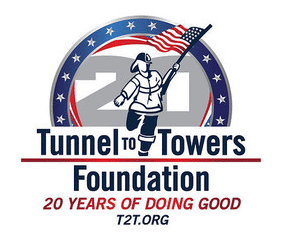New TV/PC Report Identifies Broadband As ‘Convergence Catalyst’.
February 15, 2001
A new study from Statistical Research, Inc. (SRI), shows that broadband Internet access is perhaps the most consistent factor in deepening the connection between television and personal computers — from use of “enhanced TV” to watching TV programs after learning about them on the Web.
With a sample base of 3,000, The TV/PC Connection 2001 delivers a degree of accuracy rarely found in qualitative research on media. The full report allows clients to gain reliable insights into a variety of subgroups — such as broadband users — and to examine convergence activity from yesterday, past-week, and past-month perspectives.
The study shows that 28% of Internet users with high-speed access at home “double-clicked” – used a TV and PC simultaneously – at some point during the day yesterday, as opposed to 20% of those with dial-up connections. Within primetime, 16% of those with home broadband double-clicked yesterday, versus 10% of home dial-up users — a difference of 60%.
In addition, Web users with high-speed access at home are almost twice as likely to have tried “enhanced TV” – participating in a Web activity related to a show they are watching – and to have watched a TV show as a result of something they saw on the Web.
The TV/PC Connection 2001 goes beyond click counts to provide reliable insights into consumers’ attitudes toward and preferences concerning TVs and PCs, with two-year trend data for many topics. Areas covered include:
whether simultaneous TV/PC use is on the rise;
profiles of today’s “double-clickers”;
where and why “double-clicking” occurs;
how often TV advertising drives consumers to the Internet; and
how TV and Web advertising compare in attention and influence.
For more information at http://statisticalresearch.com.






